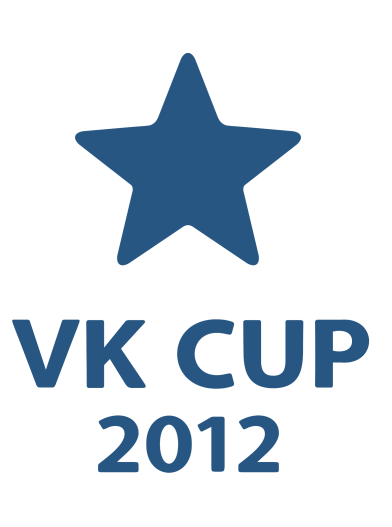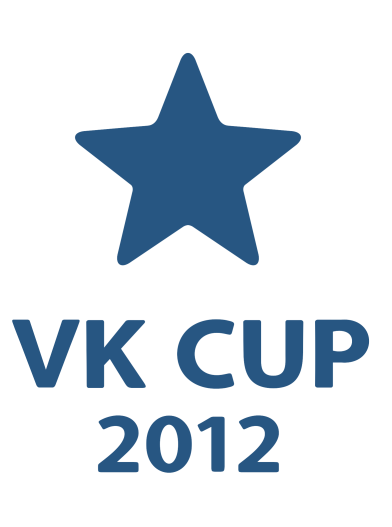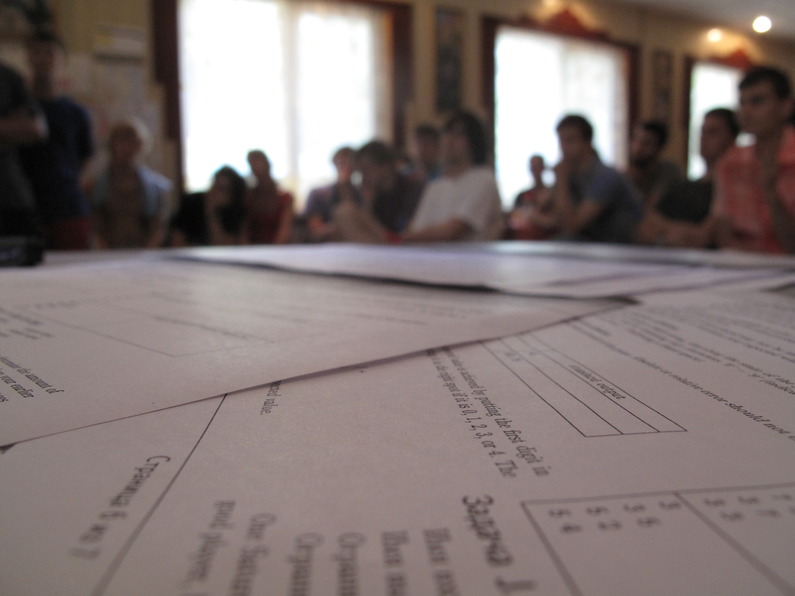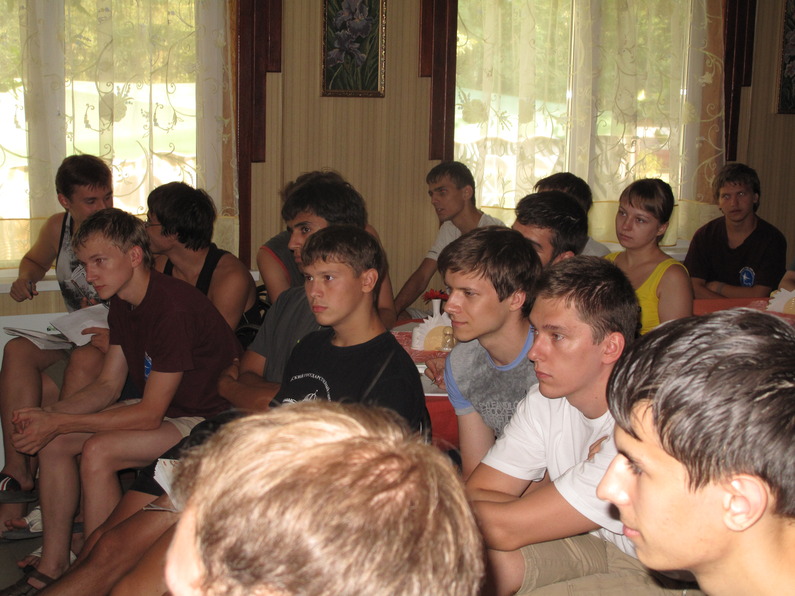Being recently in the CROC office, I've heard about another interesting contest. It's called "Flying Robots". I am far from robots, but the subject is interesting and popular. I am pleased to publish a small announcement.
About contest
September 3, 2012. CROC, one of the five largest IT companies in Russia, calls for Flying Drone contest applications. The contest is a part of the '20 Ways to Brighten Up Your Life' project. The first prize will be 1 million Rubles.
Contestants shall make a pilotless and autonomous drone which must take off from a starting point, overcome an obstacle, land within a certain zone, take off again and then come back to the starting point. Please submit your application till November 15, 2012. For contest details please visit http://robots.croc.ru/ (in Russian).
Results announcement and award ceremony will take place in August 2013.
About CROC
CROC is a leader in IT infrastructure design and implementation and the number one systems integration service provider in Russia (IDC reports, 2002-2011). CROC is one of the five largest IT companies in Russia (RIA Analytics 2012, Expert Rating Agency 2011) and one of Russia’s Top 200 Private Companies (Forbes).













 It will be 10 training days. The school includes lectures by Saratov state university coaches, joint trainings, problems tutorials and topical workshops. The curriculum is designed for younger university students who aspire to achieve high results at programming competitions. Official language — Russian.
It will be 10 training days. The school includes lectures by Saratov state university coaches, joint trainings, problems tutorials and topical workshops. The curriculum is designed for younger university students who aspire to achieve high results at programming competitions. Official language — Russian. times, score is decreased by 250 points. The table below illustrates max. problem score dependency from the percentage of contestants who solved the problem.
times, score is decreased by 250 points. The table below illustrates max. problem score dependency from the percentage of contestants who solved the problem.
